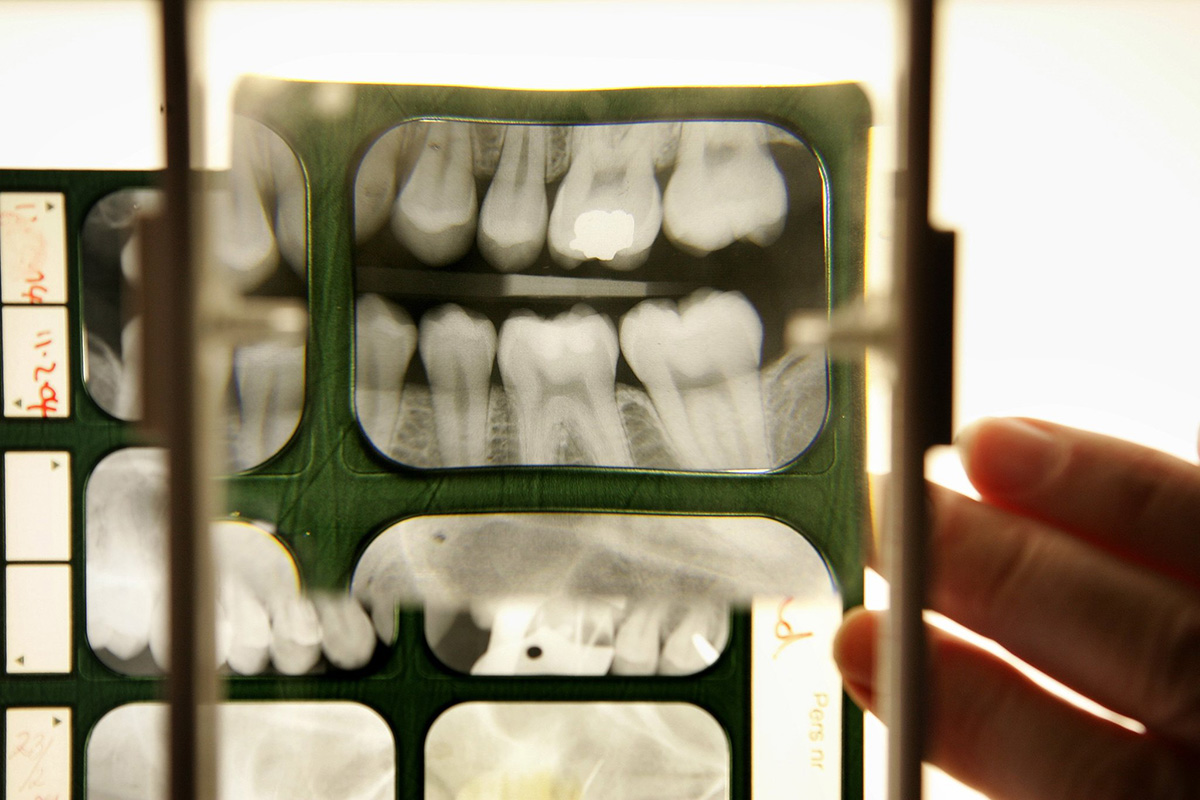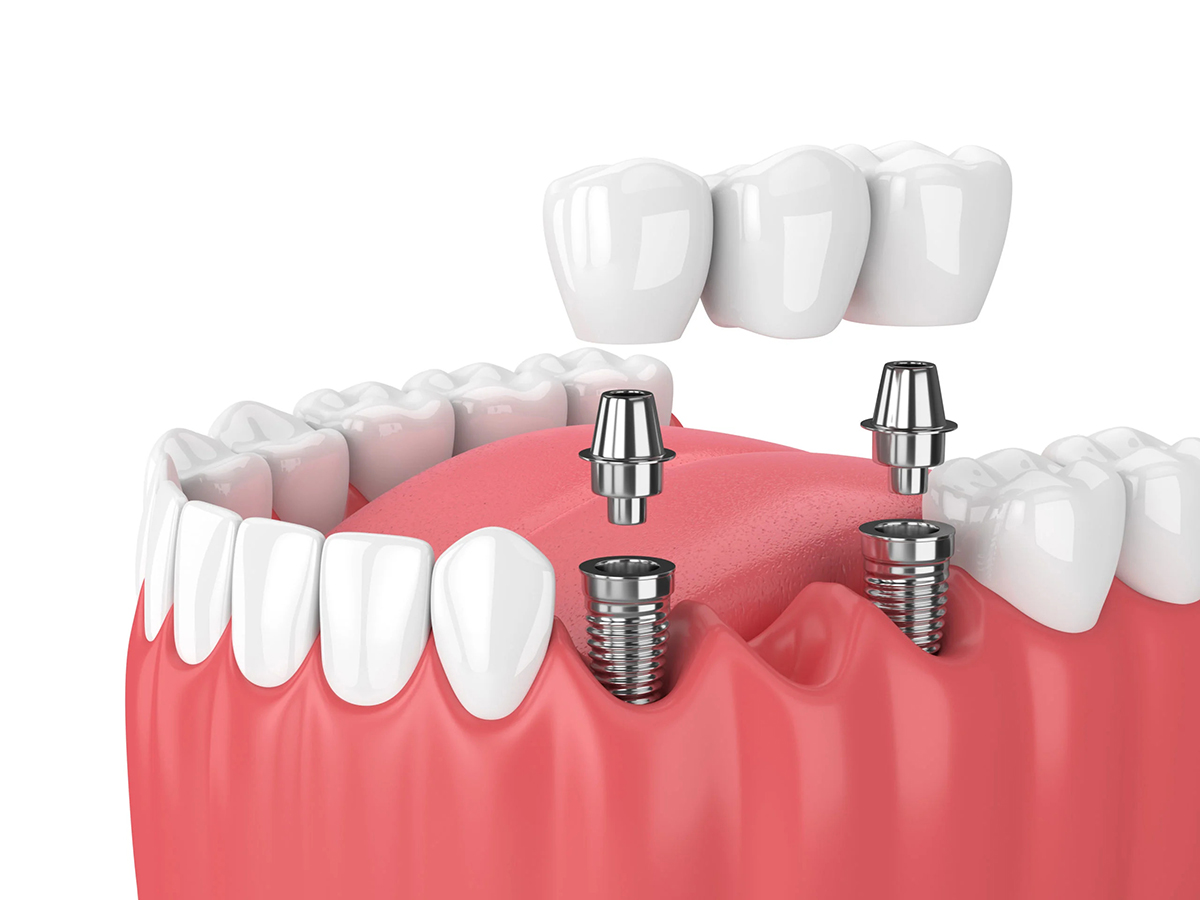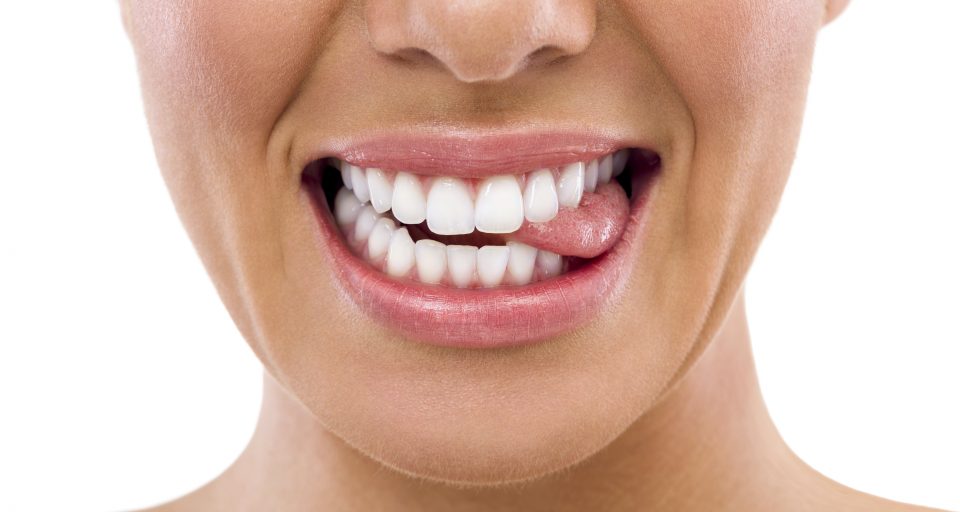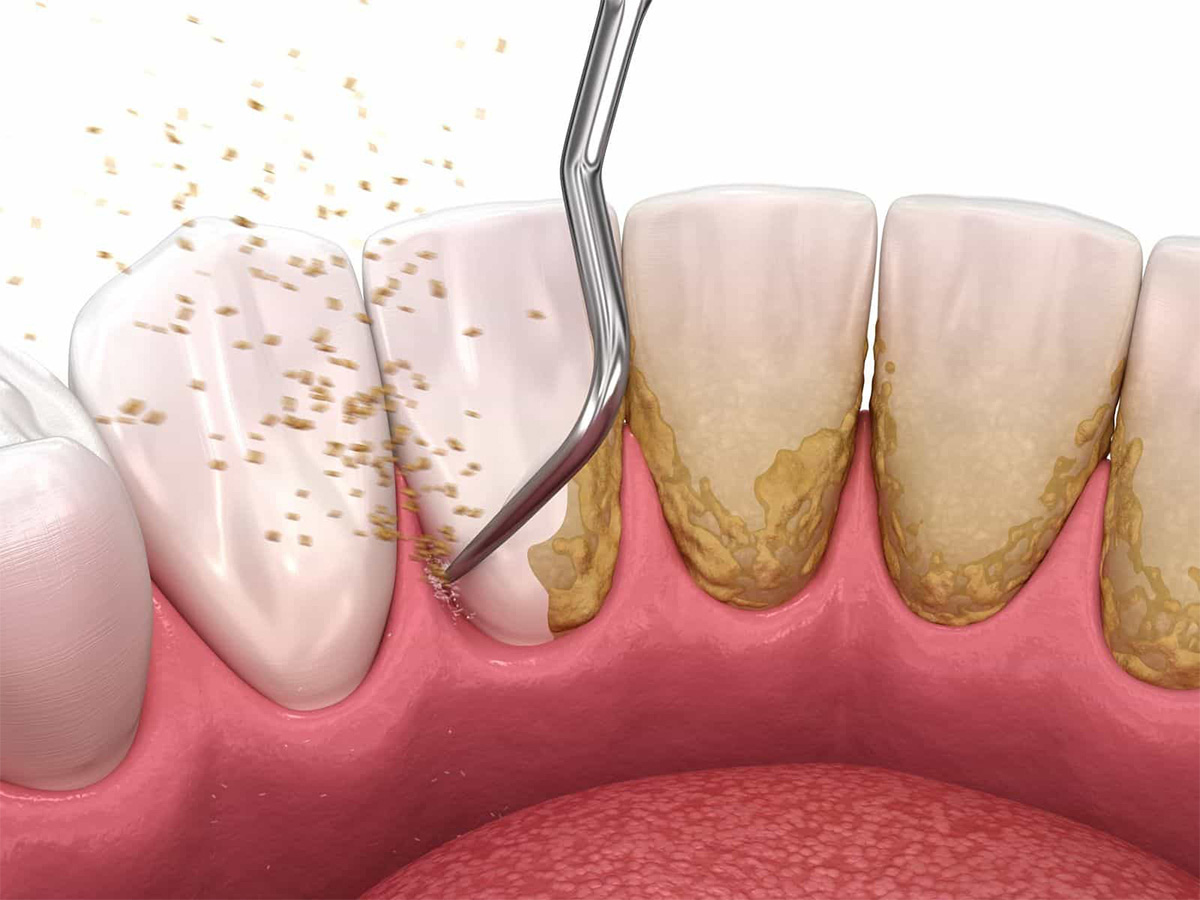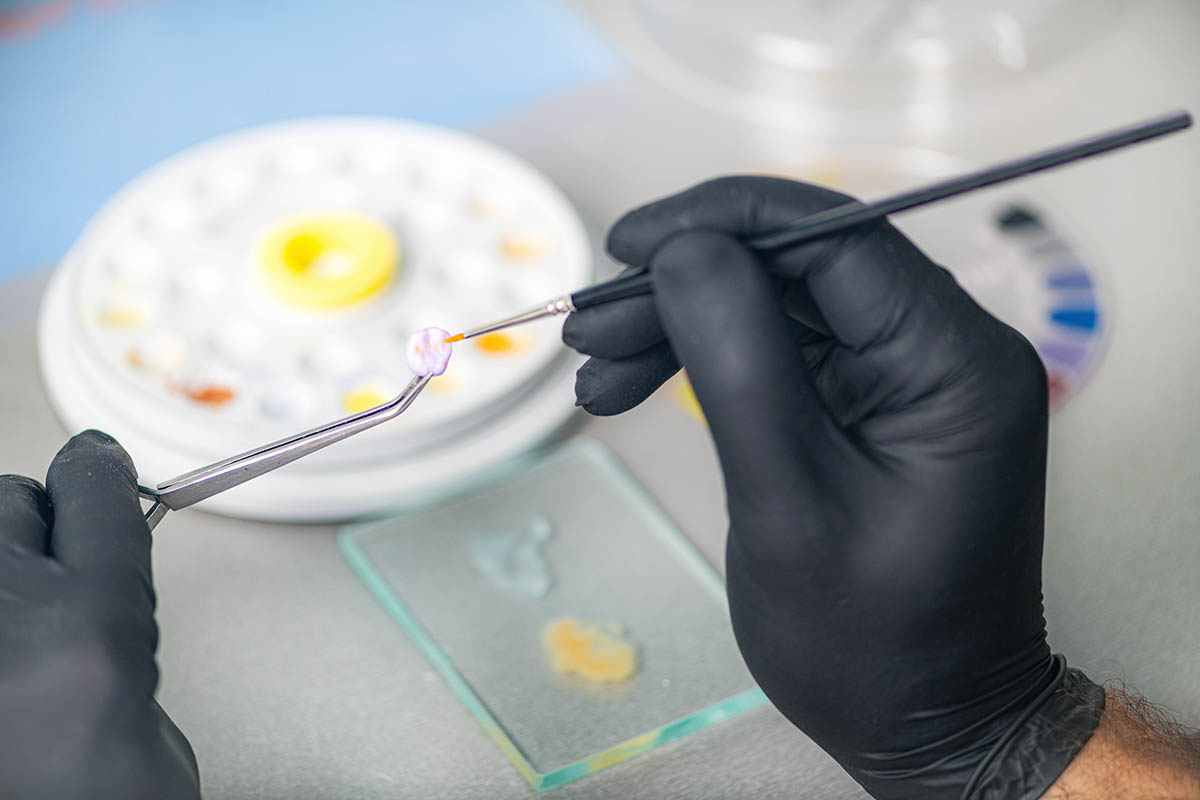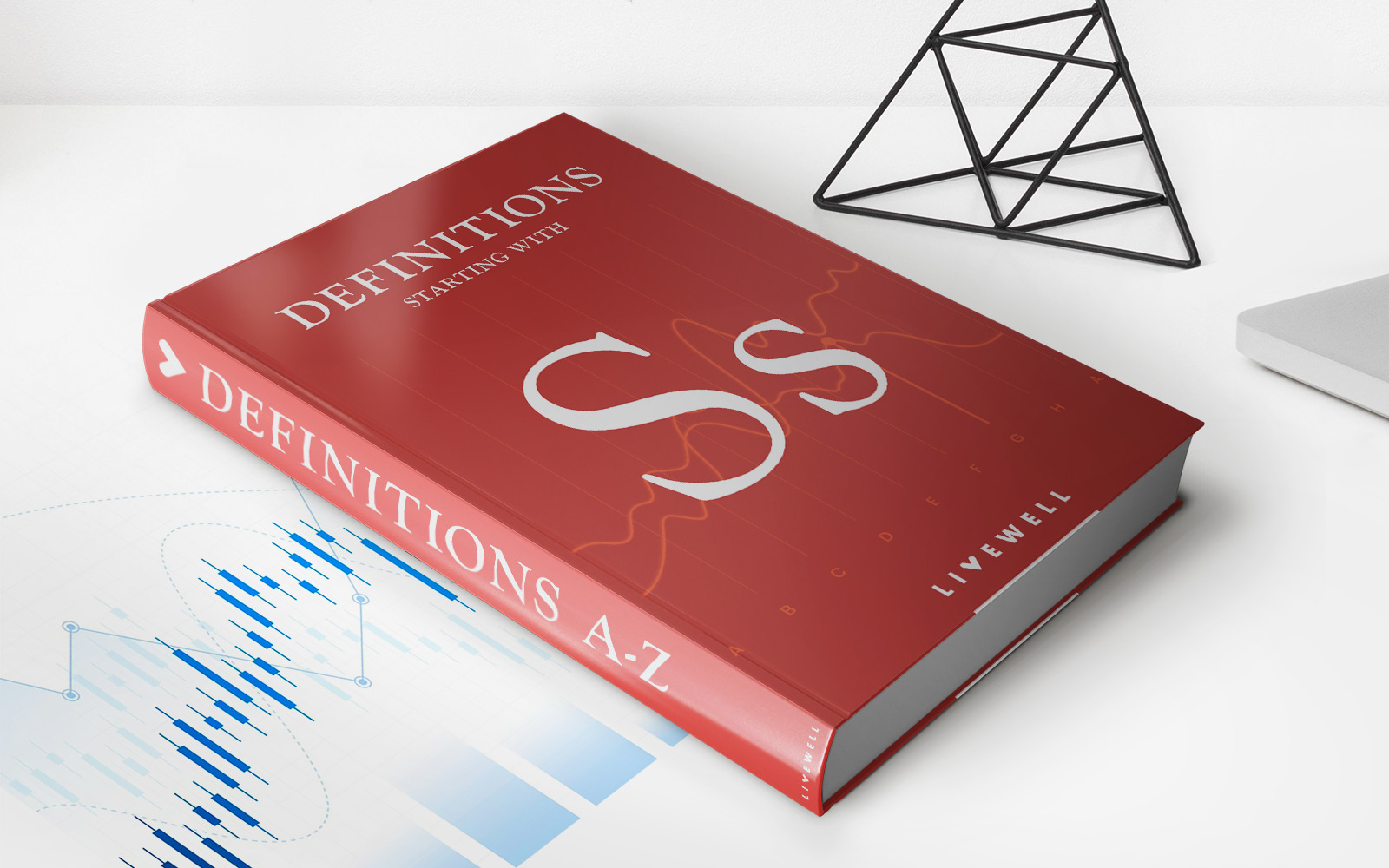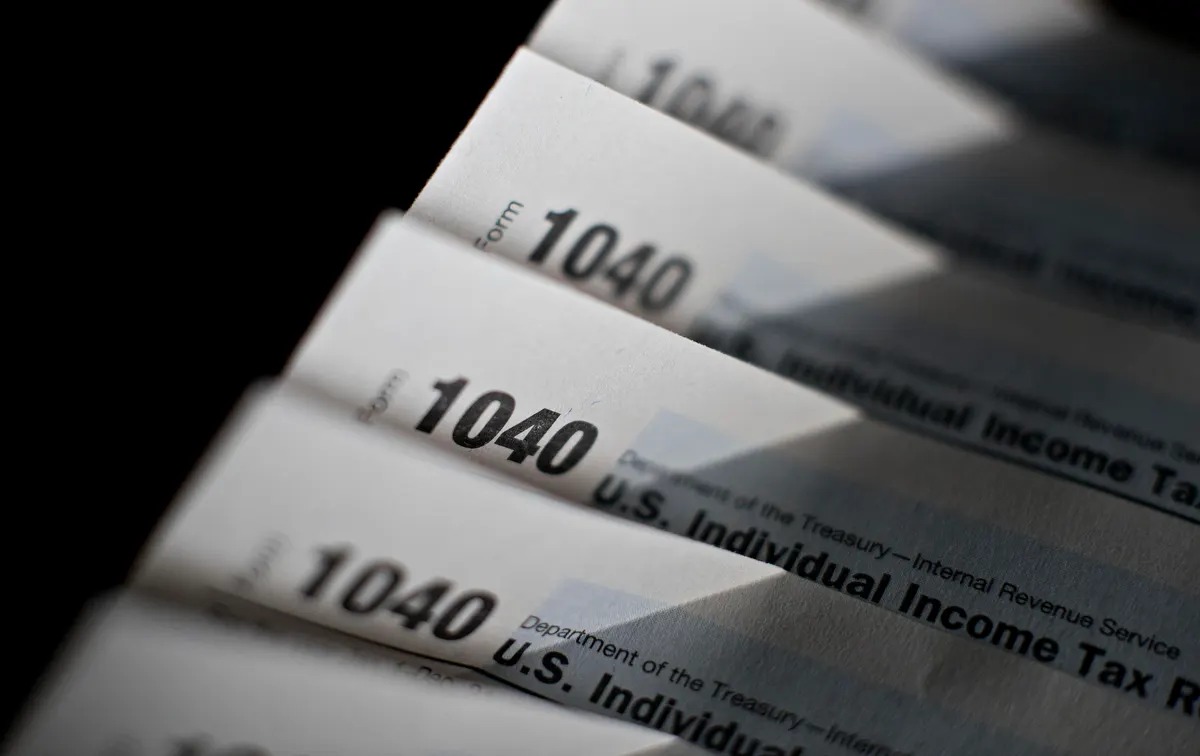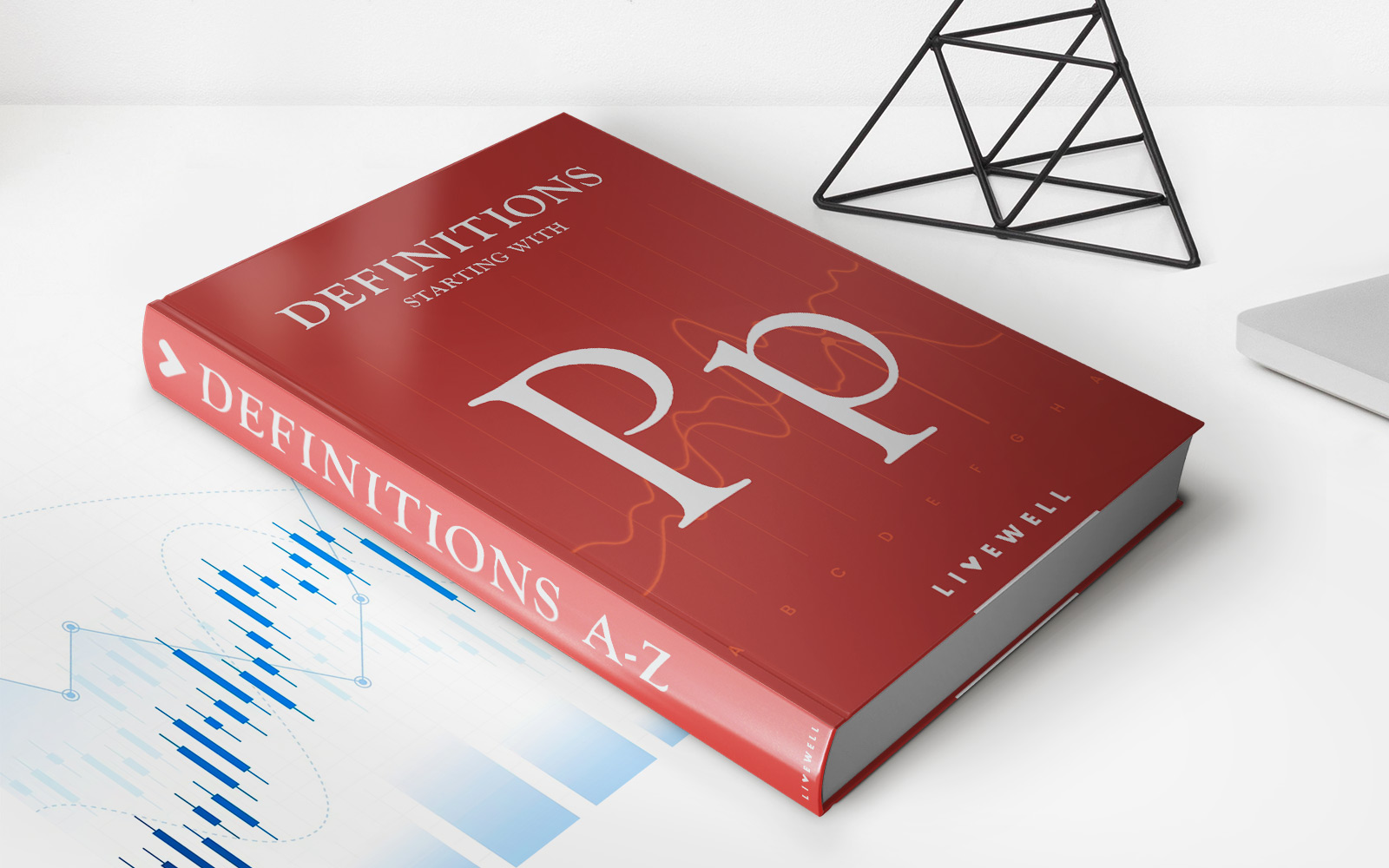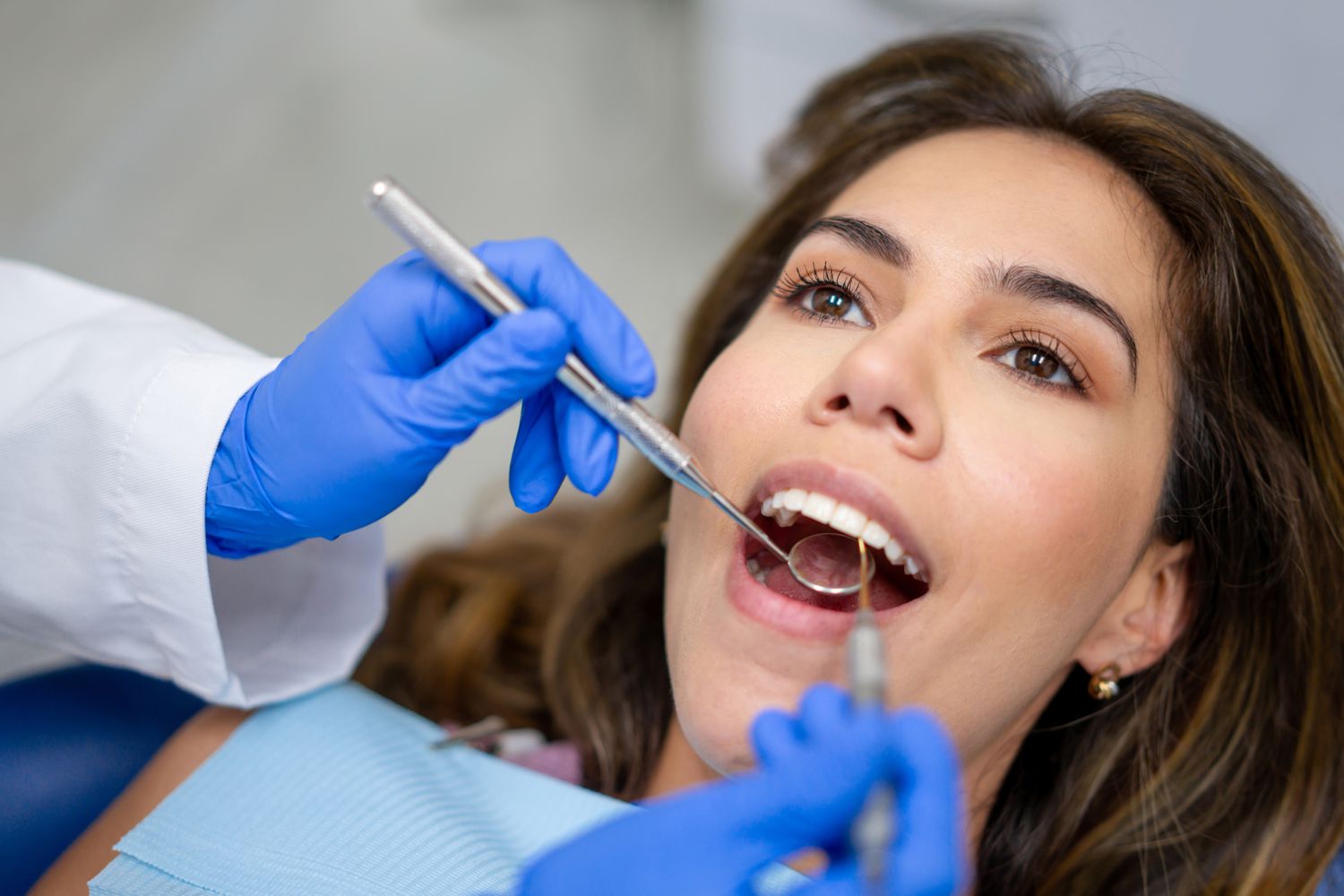

Finance
How Much Is Dental Cleaning With Insurance?
Modified: December 30, 2023
Find out how much a dental cleaning costs with insurance and manage your finances wisely.
(Many of the links in this article redirect to a specific reviewed product. Your purchase of these products through affiliate links helps to generate commission for LiveWell, at no extra cost. Learn more)
Table of Contents
- Introduction
- Understanding Dental Insurance Coverage for Dental Cleaning
- Factors that May Affect Dental Cleaning Costs with Insurance
- Different Types of Dental Insurance Plans and Their Coverage
- Average Costs of Dental Cleaning with Insurance
- How to Maximize Dental Insurance Benefits for Dental Cleaning
- Tips for Finding Affordable Dental Cleaning Services with Insurance
- Conclusion
Introduction
Dental hygiene plays a crucial role in maintaining overall oral health. Regular dental cleaning appointments are essential for preventing oral diseases, removing plaque and tartar buildup, and keeping your teeth and gums healthy. However, the cost of dental cleaning can be a concern for many individuals. This is where dental insurance comes into play.
In this article, we will explore how dental insurance can help cover the costs of dental cleaning. Understanding your dental insurance coverage and its limitations is crucial for making informed decisions about your oral health. We will delve into different types of dental insurance plans, factors that can affect dental cleaning costs, and ways to maximize your dental insurance benefits for dental cleaning.
Whether you have dental insurance through your employer or have purchased an individual plan, being knowledgeable about your coverage can help you plan and budget for regular dental cleaning appointments. So, let’s dive in and explore how dental insurance can impact the costs of dental cleaning!
Understanding Dental Insurance Coverage for Dental Cleaning
Before we explore how dental insurance can impact the costs of dental cleaning, it’s important to understand how dental insurance coverage for dental cleaning works. Dental insurance plans vary in coverage and benefits, so it’s crucial to review your policy documents or contact your insurance provider to understand your specific coverage.
Typically, dental insurance plans categorize dental services into three main categories: preventive, basic, and major. Preventive services, such as dental cleaning, are usually covered at a higher percentage or even fully covered by dental insurance plans.
Dental insurance policies typically have a yearly maximum, which is the maximum amount the insurance company will pay in a calendar year. In the case of dental cleaning, the cost may be fully covered up to the yearly maximum. However, it’s important to note that if the cost of your dental cleaning exceeds the yearly maximum, you will be responsible for covering the remaining expenses out of pocket.
Some dental insurance plans also have waiting periods, which means you have to wait a certain period before you can use the benefits for specific services, including dental cleaning. Understanding the waiting periods and any other limitations of your dental insurance coverage is crucial to avoid surprises when you visit your dentist.
Additionally, most dental insurance plans may require you to visit in-network dentists to receive full or higher coverage for dental cleaning. In-network dentists have agreed to pre-negotiated rates with the insurance company, which often results in lower out-of-pocket costs for the insured individual. If you choose to visit an out-of-network dentist, your coverage may be limited, and you may be responsible for a larger portion of the dental cleaning costs.
It’s important to review your dental insurance policy or speak with your insurance provider to understand the specifics of your coverage for dental cleaning. This will help you plan and budget for your dental cleaning appointments accordingly while maximizing your insurance benefits.
Factors that May Affect Dental Cleaning Costs with Insurance
While dental insurance can help offset the costs of dental cleaning, there are several factors that may affect the overall expenses even with insurance coverage. Understanding these factors can help you anticipate and plan for any potential out-of-pocket expenses.
1. Type of Dental Insurance Plan: Different dental insurance plans have varying levels of coverage for dental cleaning. Some plans may cover 100% of the cost, while others may cover a percentage or require a copayment. Reviewing your policy details will give you a clear understanding of your coverage and potential costs.
2. Annual Maximum: Dental insurance plans often have an annual maximum limit, which is the maximum amount the insurance company will pay in a year. If the cost of your dental cleaning exceeds this limit, you will be responsible for the remaining expenses.
3. Deductibles: A deductible is the amount you have to pay out of pocket before your dental insurance coverage kicks in. If you have a deductible, you will need to pay that amount before your insurance begins to cover your dental cleaning costs.
4. Out-of-Network Coverage: If you choose to visit a dentist who is not in your dental insurance plan’s network, your coverage may be limited. This means you may have to pay a larger portion of the dental cleaning costs out of pocket.
5. Waiting Periods: Some dental insurance plans have waiting periods for certain services, including dental cleaning. This means you may have to wait for a specific period before you can use your insurance benefits for dental cleaning.
6. Additional Procedures: If your dentist discovers any oral health issues during your dental cleaning, such as cavities or gum disease, additional procedures may be needed. Depending on your dental insurance plan, coverage for these procedures may vary, potentially impacting the overall costs.
It’s important to review your dental insurance policy and contact your insurance provider to understand how these factors may affect the cost of your dental cleaning. By being proactive and informed, you can better plan for any potential out-of-pocket expenses and make the most of your dental insurance benefits.
Different Types of Dental Insurance Plans and Their Coverage
When it comes to dental insurance, there are various types of plans available, each with its own coverage options. Understanding the different types of dental insurance plans can help you choose the one that best suits your needs and provides adequate coverage for dental cleaning.
1. Preferred Provider Organization (PPO) Plans: PPO plans offer a network of dentists that have agreed to provide services at discounted rates. With a PPO plan, you have the flexibility to choose any dentist, but you will typically receive higher coverage if you visit an in-network provider. Dental cleaning is often covered at a percentage, with the insured individual responsible for a copayment.
2. Health Maintenance Organization (HMO) Plans: HMO plans operate similarly to PPO plans but require you to choose a primary care dentist within their network. Referrals may be needed to see specialists, including for dental cleaning. HMO plans usually have lower out-of-pocket costs but have more restricted provider networks compared to PPO plans.
3. Indemnity Plans: Indemnity plans, also known as fee-for-service plans, provide the most flexibility when it comes to choosing dentists. With an indemnity plan, you can visit any dentist of your choice, and the plan will reimburse a certain percentage of the cost for dental cleaning and other services, up to a set limit.
4. Discount Dental Plans: While not traditional insurance plans, discount dental plans offer reduced rates for dental services, including dental cleaning, through a network of participating dentists. These plans usually require an annual membership fee and provide discounts on various dental procedures.
It’s important to review the specific coverage details of each plan type and understand how dental cleaning falls within the coverage options. This includes any copayments, waiting periods, and limitations associated with dental cleaning. By understanding the coverage options offered by different dental insurance plans, you can select the one that aligns with your oral health needs and budget.
Average Costs of Dental Cleaning with Insurance
The costs of dental cleaning can vary depending on several factors, including the location, dental office, provider rates, and your dental insurance coverage. However, on average, a dental cleaning can range from $75 to $200 without insurance.
With dental insurance, the out-of-pocket costs for dental cleaning are typically reduced. Most dental insurance plans cover preventive services like dental cleaning at a higher percentage. For example, your plan may cover 80% of the cost, leaving you responsible for the remaining 20%. Some insurance plans may even cover preventive services at 100%.
It’s important to note that your specific dental insurance plan and policy details will ultimately determine the exact coverage for dental cleaning. Factors such as deductibles, copayments, and annual maximums can also impact your out-of-pocket expenses.
While the average cost of dental cleaning with insurance varies, it’s always advisable to check with your dental insurance provider for an accurate estimate of your coverage for dental cleaning. Your insurance provider can guide you regarding any limitations, waiting periods, or fees associated with your specific plan.
Remember, dental cleaning is an essential part of your oral hygiene routine, and regular visits to the dentist can help prevent oral health issues in the long run. Understanding your dental insurance coverage and the average costs associated with dental cleaning can help you plan and budget accordingly while ensuring optimal oral health.
How to Maximize Dental Insurance Benefits for Dental Cleaning
Maximizing your dental insurance benefits for dental cleaning can help you make the most of your coverage while keeping your out-of-pocket costs as low as possible. Here are some tips to help you maximize your dental insurance benefits:
1. Understand Your Coverage: Take the time to review your dental insurance policy and understand what is covered under your plan. Familiarize yourself with any limitations, waiting periods, copayments, or deductibles that may apply to dental cleaning. Knowing the details of your coverage will help you plan and budget accordingly.
2. Choose an In-Network Dentist: Opt for a dentist who is in-network with your dental insurance plan. Going to an in-network dentist can help you receive the highest level of coverage and potentially lower out-of-pocket costs for dental cleaning. Check with your insurance provider for a list of in-network dentists in your area.
3. Schedule Regular Cleanings: Prevention is key when it comes to dental health. Be proactive and schedule regular dental cleaning appointments as recommended by your dentist. Most dental insurance plans cover preventive services at a higher percentage or even fully, so taking advantage of this coverage can help maintain your oral health and prevent costly dental procedures in the future.
4. Coordinate with Other Services: If you require additional dental procedures, such as fillings or periodontal treatment, try to coordinate them with your dental cleaning appointment. By bundling necessary services, you can maximize your insurance benefits and potentially reduce your out-of-pocket costs.
5. Optimize Your Annual Maximum: Dental insurance plans typically have an annual maximum limit. If you haven’t utilized your full annual maximum by the end of the year, consider scheduling any needed dental treatments, including dental cleaning, to maximize your coverage and get the most value from your insurance.
6. Plan for the New Year: If your dental insurance benefits reset at the beginning of the year, it’s a good idea to plan your dental cleaning appointments accordingly. By scheduling your cleanings early in the year, you can take full advantage of your renewed benefits and ensure regular preventive care.
Remember, each dental insurance plan is unique, so it’s essential to understand the specifics of your coverage and work closely with your dentist and insurance provider to maximize your dental insurance benefits for dental cleaning. Taking proactive steps can help you maintain your oral health while minimizing your out-of-pocket expenses.
Tips for Finding Affordable Dental Cleaning Services with Insurance
When it comes to finding affordable dental cleaning services with insurance, there are several strategies you can employ to ensure you receive quality care while keeping costs manageable. Consider the following tips:
1. Research In-Network Dentists: Start by researching and compiling a list of dentists who are in-network with your dental insurance plan. In-network dentists have agreed to provide services at discounted rates, which can help lower your out-of-pocket costs for dental cleaning.
2. Compare Prices: Consider obtaining cost estimates from different dental offices within your network. Prices for dental cleaning may vary, so comparing prices can help you find a dental office that offers competitive rates without compromising on quality.
3. Ask for Cash Discounts: In some cases, dental offices offer cash discounts for services. If you are comfortable paying upfront, inquire about any cash discounts that may be available for dental cleaning. This can further reduce the cost of your treatment.
4. Utilize Dental Schools: Dental schools often offer reduced-cost dental services, including dental cleaning, as part of their training programs. While the services are provided by dental students under the supervision of experienced faculty, they can be a cost-effective option for those looking for affordable dental cleaning services.
5. Consider Dental Discount Plans: If your dental insurance coverage for dental cleaning is limited, you may want to explore dental discount plans. These plans offer discounted rates for dental services, including dental cleaning, through a network of participating dentists. While not traditional insurance, discount plans can provide significant savings.
6. Ask About Payment Plans: Dental offices may offer payment plans or financing options to help you spread out the cost of dental cleaning over a period of time. Inquire about any available payment plans that can make dental cleaning more affordable for you.
7. Discuss Treatment Options with Your Dentist: If your dentist recommends additional procedures during your dental cleaning, such as x-rays or sealants, discuss the necessity and cost of these treatments with your dentist. Understanding the potential additional costs can help you make informed decisions and plan your budget accordingly.
By implementing these tips, you can find affordable dental cleaning services that work within your budget, maximizing your dental insurance benefits while maintaining optimal oral health.
Conclusion
Understanding dental insurance coverage for dental cleaning is essential for managing your oral health and budget effectively. Dental insurance can significantly impact the costs of dental cleaning, with coverage varying based on plan types, annual maximums, deductibles, and network providers. By familiarizing yourself with your dental insurance policy and exploring different dental insurance plans, you can make informed decisions about your oral health and maximize your insurance benefits.
Factors such as in-network providers, waiting periods, and additional procedures can also influence the costs of dental cleaning. It’s crucial to review your policy details, schedule regular cleanings, and coordinate treatments to optimize your dental insurance benefits for dental cleaning.
If you’re looking for affordable dental cleaning services with insurance, researching in-network dentists, comparing prices, and considering dental discount plans or dental schools can help you find cost-effective options without compromising quality care. Additionally, discussing cash discounts, payment plans, and treatment options with your dentist can further contribute to affordability.
Remember, dental cleaning is a vital component of maintaining oral health, preventing oral diseases, and addressing early signs of dental problems. By taking advantage of your dental insurance benefits and utilizing the tips provided, you can prioritize dental cleaning while managing your financial resources effectively.
By understanding your dental insurance coverage, exploring cost-effective options, and maintaining regular dental cleanings, you can prioritize your oral health and minimize potential financial burdens. Keep in mind that every dental insurance policy is unique, so it’s important to review your specific plan and consult with your insurance provider and dentist for personalized advice and guidance.
Investing in dental cleaning today can save you from costly and extensive dental treatments in the future. So, take proactive steps, make the most of your dental insurance benefits, and prioritize your oral health by scheduling regular dental cleaning appointments with confidence.


